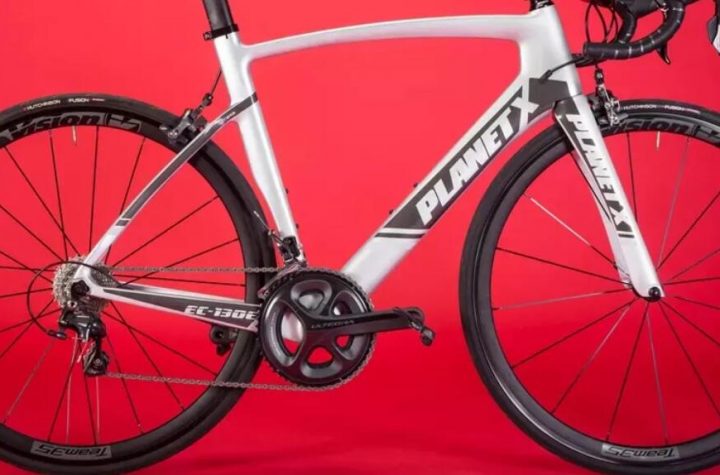
Unbeknownst to most cyclists, a Brussels-based organization known as the European Tire and Rim Technical Organization, most commonly known as ETRTO, has been debating the safety of hookless (straight-wall) rims and compatible road bicycle tires sex. Their decisions may affect your journey.
As you might have guessed, the ETRTO committee is made up of experts from wheel and tire manufacturers and is responsible for developing recommended safety standards for all aspects of rims and tires – including those on bicycles.
The issue that seems to be dividing the industry is the apparent U-turn on the committee’s previous recommendations regarding internal rim widths and tires compatible with them.
According to Michel Lethenet, Mavic’s global communications manager, the change “emerged from a world-leading tire manufacturer that had demonstrated that a 28mm tire mounted on a 25mm rim could derail from the rim.”
“The reason for this debate is that a 28mm tire on a 25mm internal hookless rim has been proven to create a really aerodynamic profile,” Patrick Black, Hunt Bike Wheels’ lead product and commercial manager, told Cycle Weekly . “Now ETRTO considers this combination unsafe and recommends at least 30mm tires on 25mm rims. All of a sudden, those wheels are slow”
In an official statement, Zipp said: “As participants in the ETRTO standards meeting, we know that compatibility tables will change. We understand the updates, but they contradict our position.
“Zipp has tested, designed and developed several popular and professionally proven wheelsets with 23 and 25mm internal widths. We know enough of them over the last few years to use 28c on 25mm rims tires, this combination has proven to be safe and offers many proven performance benefits.”
ENVE takes the same position. “This blanket recommendation from ETRTO doesn’t capture the nuance,” said Jake Pantone, vice president of product and brand. “The new guideline also dictates the ‘marked’ tire size. Well, all that tells the product manager is that I could mark yesterday’s 28 as a 29 and I’m fine now. I can point to the 30mm coming off the 21-25mm internal rim tires, and I have a full set of 28mm (marked) tires that are built so that they will hold on to properly built 25mm internal width rims without issue.”
“[ETRTO] used the words ‘recommendations’ and ‘prescribements,'” Pantone continued. “These are guidelines, not standards, and they are not mandates.”

However, we see no need to panic. What we’ve taken from everyone involved is that as long as you stick to the tire manufacturer’s recommended inflation pressure – remember your rims and tires may now be in the aforementioned PSD section of ETRTO and thus still be considered safe – you’re still less likely to run into problems.
Blake from Hunt was helpful in putting this all in perspective “We’ve never seen a problem with 25mm [inner] rims and 25mm tires derailing that wasn’t caused by overinflating the tires” he assured us.
“My concern, however, is that the proverbial can is being phased out,” he said. Tire brands will be the ones to comply with the new standard, then compatibility with existing rims will eventually become an issue.
“So while it’s fine to run the old standard now, you may struggle to get 28mm tires that are still compatible with 25mm internal hookless rims in a few years. Consumers will be hollowed out”.



More Stories
British bike company Planet X rescued after sale to private equity
Remco Evenepoel retakes Giro d’Italia lead with a second over Geraint Thomas in stage nine time trial
Who leads the Giro d’Italia 2023 after stage nine?